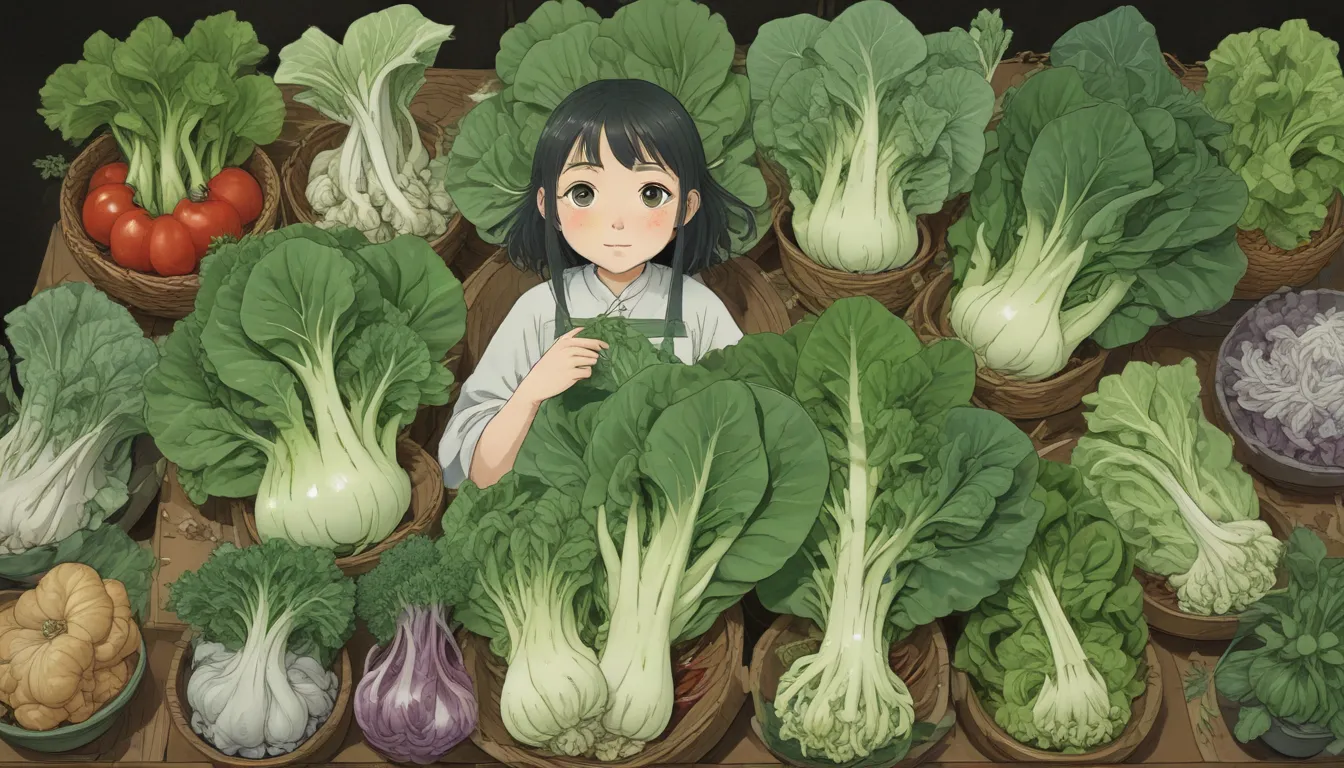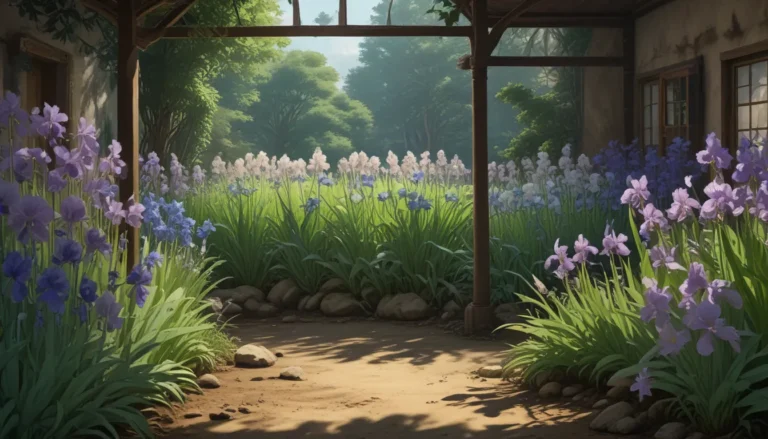A Comprehensive Guide on Identifying and Managing Bok Choy Diseases

Ah, good old bok choy – a leafy green superhero in Asian cuisine! This delightful vegetable is not only tasty but also packed with essential nutrients like vitamins K and C. And let’s not forget about the high fiber content that can work wonders for your digestive system.
But, like all plants, bok choy is not immune to diseases that can turn it into a sickly mess. However, with the right precautions and prompt action, you can save your bok choy from becoming a casualty of various ailments.
In this detailed guide, we will explore seven common diseases that can affect bok choy, along with practical strategies to identify, prevent, and combat these issues.
How to Identify and Control 7 Common Bok Choy Diseases
- Alternaria Leaf Spot
Alternaria leaf spot, also known as “black spot,” is a fungal disease that can affect bok choy and other cruciferous vegetables like broccoli, cauliflower, and kale. Keep an eye out for brown, rounded spots with concentric rings on the leaves, which are signs of infection. Proper spacing of bok choy plants, weed management, and using disease-free seeds are crucial for preventing Alternaria leaf spot.
- Bacterial Soft Rot
Bacterial soft rot is a group of bacterial diseases that can wreak havoc on various garden edibles, including bok choy. Symptoms include water-soaked spots on foliage that eventually develop into large, cream-colored masses of rotted tissue. To prevent bacterial soft rot, avoid excessive irrigation, plant spacing, and rotating bok choy with less susceptible plants.
- Blackleg
Blackleg, caused by fungal pathogens, can lead to necrotic lesions on plant tissues and root rot. Prevent blackleg by ensuring that the soil bed you use is free from infection and removing nearby weeds and plants that could harbor the pathogen.
- Black Rot
Black rot, a disease caused by a bacterium, can result in yellowing and necrotic patches on bok choy foliage. Sanitation practices such as rotating crops, weed management, and ensuring disease-free plant material can help prevent black rot. Infected plants should be removed and destroyed promptly.
- Clubroot
Clubroot is a fungal disease characterized by swollen roots and stunted growth in infected plants. To avoid clubroot, grow bok choy from seed, use disease-free transplants, and avoid planting in contaminated soil.
- Downy Mildew
Downy mildew caused by a water mold can affect bok choy seedlings and mature plants. Symptoms include dark spots, chlorosis, and white-gray mildew on the leaf undersides. Fungicides and proper plant spacing are essential for managing downy mildew.
- Rhizoctonia Bottom Rot and Damping Off
Rhizoctonia can cause damping off in seedlings and bottom rot in mature plants. Symptoms include browning and cracking of stems and dark lesions on foliage. Keep the soil well-drained and remove severely infected plants promptly to prevent the spread of the disease.
By following these guidelines and implementing preventive measures, you can safeguard your bok choy crops against common diseases and ensure a healthy harvest. Remember, every setback in the garden is an opportunity to learn and improve your gardening skills for future growing seasons.
Have any questions, comments, or personal experiences to share? Feel free to drop them in the comments section below.
For more insightful articles on growing bok choy, check out these resources:
- Bok Choy vs. Baby Bok Choy: What’s the Difference?
- How to Prevent Bok Choy from Bolting
- Tips for Growing Bok Choy in Containers
Stay informed and keep your bok choy thriving!
*





